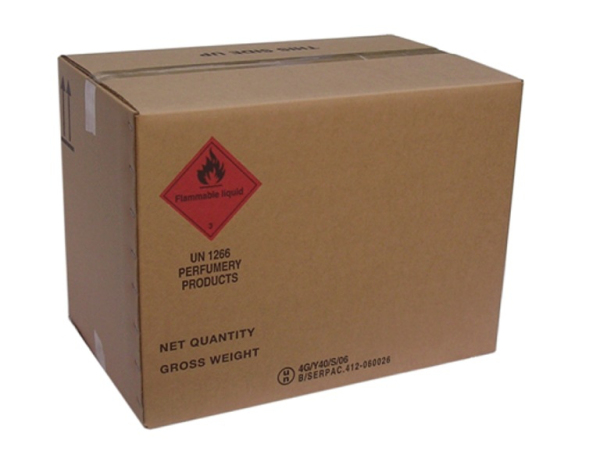Safe Packaging of Dangerous Goods is Vital to Your Business
 Transporting dangerous goods is covered by strict regulations and any breaches of them have serious consequences for businesses. The entire future of a business can be put at risk by sloppy or inadequate packaging or labelling. It’s not an area any firm can afford to skimp on.
Transporting dangerous goods is covered by strict regulations and any breaches of them have serious consequences for businesses. The entire future of a business can be put at risk by sloppy or inadequate packaging or labelling. It’s not an area any firm can afford to skimp on.
1. Minimise risks
The results of accidents when transporting dangerous goods can be devastating. That’s why the subject is so heavily regulated. It’s all designed to minimise the risks to the public, the people who actually have to transport the goods and the emergency services who have to deal with the dangerous shipment if something does go wrong. This is an area where businesses cannot afford to cut corners. The packaging, labelling and instructions on handling all have to be spot on.
2. Universal system
The United Nations has put a universal system in place to cover the classification, marking, packaging and labelling of dangerous goods to allow them to be transported safely. International and national regulations are based on that system. It is crucial the regulations are followed. The ramifications of incorrect handling can be severe. Companies can be fined for breaking the regulations. Spot checks by the authorities on shipping boxes are carried out frequently. For serious offences, the people responsible can be prosecuted and they risk a large fine and prison. If an air transport shipment causes a safety incident or fails inspection the company directors can be hit with an unlimited fine, two years in jail, or both.
3. Industry standard
The shipping boxes the dangerous goods are put in must be up to UN specification levels. They have to pass practical tests such as being held in a stack and being dropped. Packaging has to be certified by a national authority. Safe packaging is the responsibility of the person or company which is sending the goods. The industry-standard package is the ‘4G’ box. These are cartons made of heavy-duty fibreboard and they’re very versatile. They come in different combinations with differing inner packaging, such as plastic or glass bottles or metal tins.
However for transporting liquids, steel drums are a good option. They’re strong and easy to shift and store. One of the big advantages of drums is that they can be rolled. This means that one man can load and unload them easily. Stainless steel drums are very strong and resist corrosion. This makes them ideal for long-term storage.
Dangerous goods are divided into three groups to work out how much protective packaging the goods will need when being shipped. Group I is the most dangerous and needs the most packaging. Some combinations of dangerous goods of different classes are not allowed in the same container or in the same vehicle if part of the shipment is Group I. Group II is for goods of medium risk and Group III is the least dangerous The rules around packaging may seem expensive, but they are a lot less expensive than a major accident.
AUTHOR BIO
Arnold Parks writes regularly on transport issues for a range of transport and shipping websites and blogs. The issue of safe shipping of dangerous goods has become more high-profile with the increasing threat of terrorism. To get more details Air Sea Containers would be a good place to start.

Category: Business





